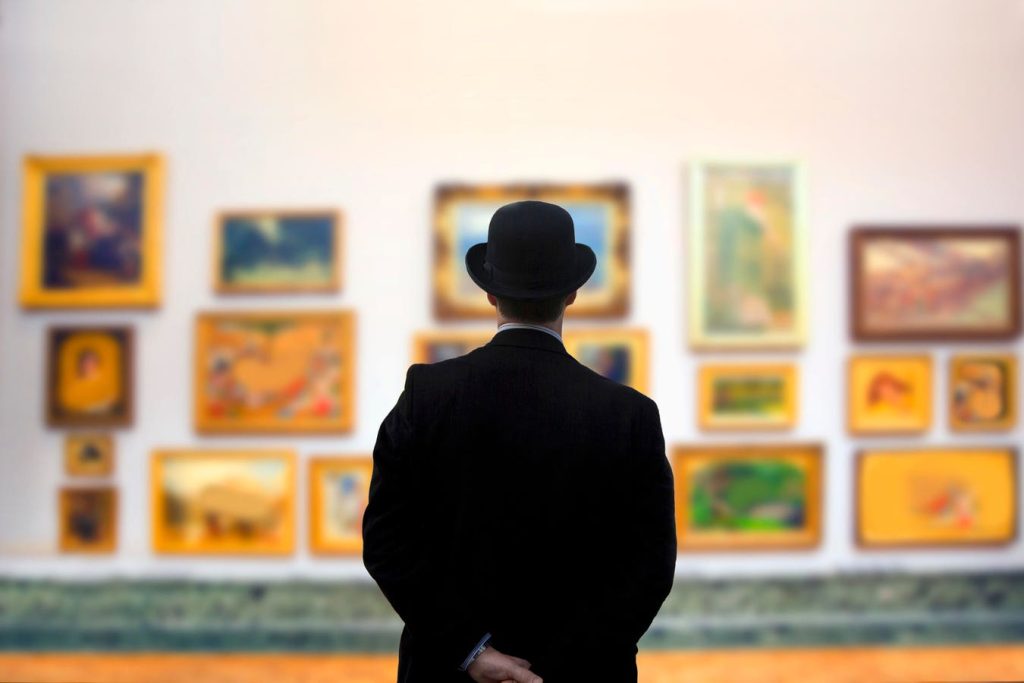In a recent interview, Aaron Dabbaghzadeh, the Founder & CEO of InwestCo, discussed the rising trend of fine art investments by Middle Eastern investors. He noted that the region has experienced a cultural resurgence, with a growing interest in the fine art market. His family office, based in the United Arab Emirates, has observed this trend firsthand and has assisted investors in acquiring fine art pieces. Dabbaghzadeh emphasized the importance of diversification in investment portfolios and highlighted the potential benefits of including fine art as an alternative asset.
One of the key trends in fine art investment in the Middle East is the acquisition of prestigious artworks, such as Leonardo da Vinci’s “Salvator Mundi,” by prominent figures like Saudi Arabia’s Crown Prince Mohammed bin Salman. This shift towards investing in art reflects a departure from traditional asset classes and demonstrates the increasing significance of fine art in the financial landscape of the region. Major auction houses have also seen record-breaking sales of Middle Eastern art, indicating the region’s growing influence in the global art market.
The establishment of major museums and cultural institutions in the Middle East, such as the Louvre Abu Dhabi, further exemplifies the region’s commitment to promoting the arts and fostering cross-cultural dialogue. Dabbaghzadeh predicts that the trend of increased fine art expenditures will continue, providing investors with not only aesthetic enjoyment but also financial opportunities and cultural enrichment.
For family offices assisting investors in navigating the fine art space, Dabbaghzadeh emphasizes the importance of educating clients on the risks and rewards of art investments, conducting thorough due diligence, and advocating for market transparency. Challenges such as extended liquidation times, subjective valuation, and preservation expenses require careful consideration and strategic planning to optimize the value of art investments. Educating clients on factors that can affect the value of artwork, such as scarcity and economic prosperity, is crucial in helping them make informed investment decisions.
In order to guide clients through the complexities of fine art investment, Dabbaghzadeh recommends a comprehensive approach that combines theoretical knowledge with practical experience. This includes organizing workshops, curated gallery tours, and providing ongoing support and guidance throughout the investment process. Ultimately, the potential for fine art investments in the Middle East presents an opportunity for investors to blend tradition, innovation, and visionary financial decision-making, but a prudent approach is essential to ensure success in this unique asset class.















